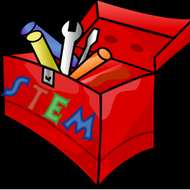Arithmetic and Travel Planning
(View Complete Item Description)The learner plans a vacation trip to Washington DC focusing on a three of their own selections between the numerous historical sites, monuments or museums. The learner plans where they will visit over those three to four days. Using addition, subtraction and or percentage functions, the learner prepares a budget for lodging, transportation, entertainment, souvenirs and food. The student will be ask to develop a five slide PowerPoint presentation of one of their places chosen and what they plan to spend on the visit to Washington DC. Materials to include in this exercise are computer, books and calculators.
Material Type: Activity/Lab, Lesson Plan, Reading

















